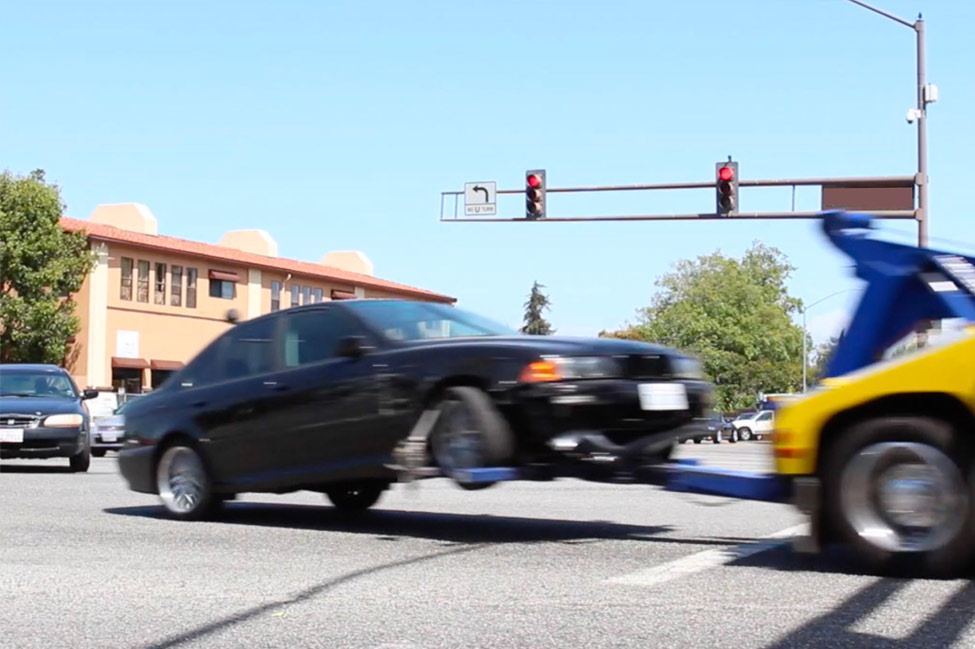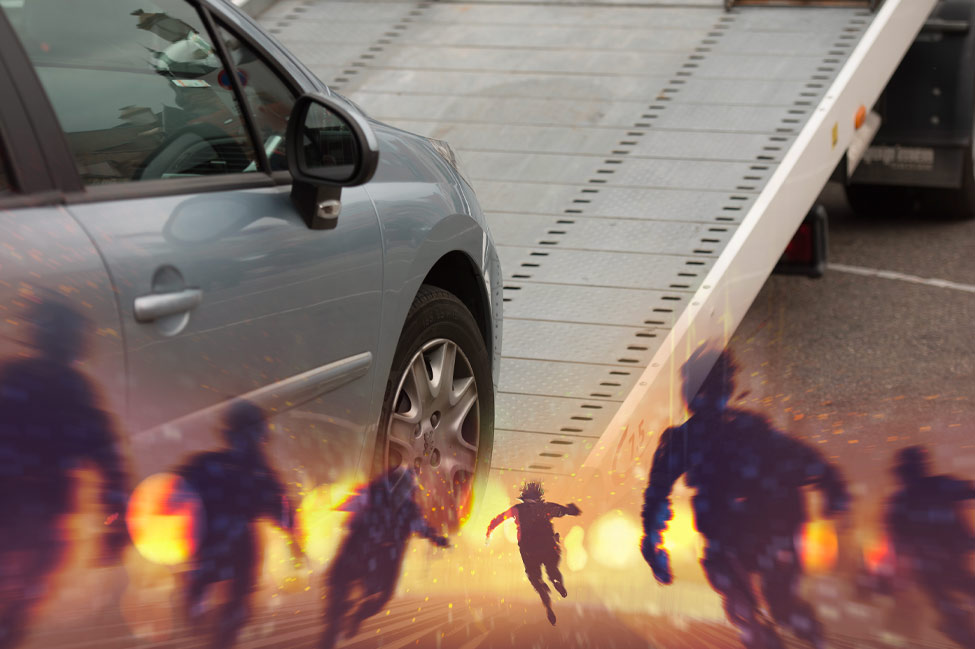In the last video I talked about three types of customers available to the towing industry. In this video I’m going to talk about the difference between what you want to sell and what your cash customers want to buy, and how to close the gap.
Towers are truckcentric. What I mean is…we love our trucks. We’re proud of the chrome, the paint and the LED lights. Some like a self-loader rather than a conventional wheel lift, while others will choose a composite bed over aluminum. We’re specific and we care about the trucks that we drive. And we’re highly proficient at our jobs. From damage-free towing to rollovers, we pride ourselves on our ability to make things happen when all hell is breaking loose.
This is all good stuff, unfortunately it’s not what customers want to buy. But the problem is—that’s what most towers are selling—trucks and proficiency.
They’re trumpeting their trucks—And their ability to use them—As a benefit to the customer.
I’ve been guilty of it. My yellow page ad might as well have read. “Hey look at my big shiny trucks. Guess what? I know how to use them.”
The reality is customers don’t particularly care about all that stuff. They already expect you to have trucks. And if you don’t know how to use them, then why are you in the towing business? When you arrive on a call in your brand new 2015 Dodge 5500 with all the bells and whistles, all they see is getting their car fixed. I know it’s disappointing, you got all dressed up to impress and they could care less.
Now I’m not saying that you shouldn’t have a nice truck. You should. You need reliable to have equipment—and the nicer the better. And if you want to buy new go ahead. What I’m saying is, if your goal is to get more business, you need to stop thinking about what you want and how you view your business and start thinking about what your customers are looking for and how they see you.
So let’s stop for a moment and step into the customer’s shoes. Let’s call him Bob. Bob’s at home and his car won’t start. He’s called the repair shop and they say “bring it in”. So he conducts a search online, looking for a tow truck.
Now step out of his shoes and think about a time when you needed the services of a professional, say a lawyer. When you were looking through the yellow pages what was your biggest fear? It might have been money, but I doubt it. Most likely what you wanted— was to get out of the trouble you were in. Or you wanted help righting a wrong that had been done to you. Either way you wanted someone with knowledge, in a specific area, to fix your problem. You wanted it done quickly. And you wanted someone who wouldn’t tell you that you were stupid for getting in the mess in the first place.
Bob has those same kind of thoughts. He doesn’t want someone who’ll suggest that he should know how to fix the car himself. He wants a smooth transaction. And most of all, he wants his car fixed.
Now that you know what he wants, how can you be assured that he chooses your company? Remember he’s searching online looking for a tow truck. Your company is listed with all the others, and to him, you’re just like all the rest. That is unless you structure your message as a solution to his problem. If every other ad is talking about reliable damage-free towing or clean trucks, yours should address what he fears most.
Maybe an ad that reads “Just want your car fixed? Hassel-free towing” and the name and number of your company.
Whatever you come up with, just know that the key to closing the gap is to learn what your customer fears most when making a buying decision, and provide him with a solution that dispels that fear. If he’s afraid that you’ll take advantage of him, maybe an ad with your face in it will reassure him that you’re a good guy. Whatever is needed to differentiate yourself from the all the others, while addressing and solving his biggest pain.
In the next one I’m going to talk about a 5 step plan for creating an effective marketing message.





